As technology advances at a rapid pace, many everyday items we have come to rely on are on the brink of obsolescence. The convenience and efficiency offered by modern innovations mean that traditional tools and gadgets are being reimagined. From household items to personal gadgets, the landscape is changing, offering us smarter, more efficient alternatives. In this blog post, we explore nine everyday items that are likely to be replaced by cutting-edge technology soon. Embrace the future as it reshapes our world, making tasks easier, quicker, and more enjoyable.
1. Keys
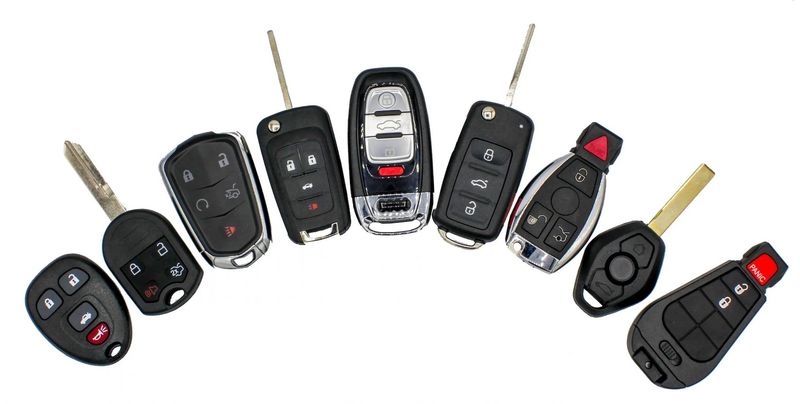
Keys have been our go-to for securing homes, offices, and cars for centuries. However, smart lock technology is paving the way for a keyless future. These locks use digital keys accessed via smartphones or biometric data. Imagine never losing your keys again.
With added security features, smart locks offer convenience and peace of mind. They allow homeowners to control access remotely, ensuring safety even when you’re miles away. The integration with smart home systems enhances functionality, making keys a thing of the past.
As technology progresses, traditional keys may soon become artifacts of a bygone era.
2. Cash
Cash has been a staple in financial transactions for generations, but digital payments are on the rise. Mobile payment systems and cryptocurrencies are becoming the go-to for fast, secure transactions.
Imagine walking into a store and paying with a simple tap of your phone or watch. These digital systems offer convenience and help track spending effortlessly.
With increasing adoption rates, especially among younger generations, physical cash is facing a steady decline. The future looks digital, where cash might only exist in history books, replaced by seamless, cashless transactions.
3. Remote Controls
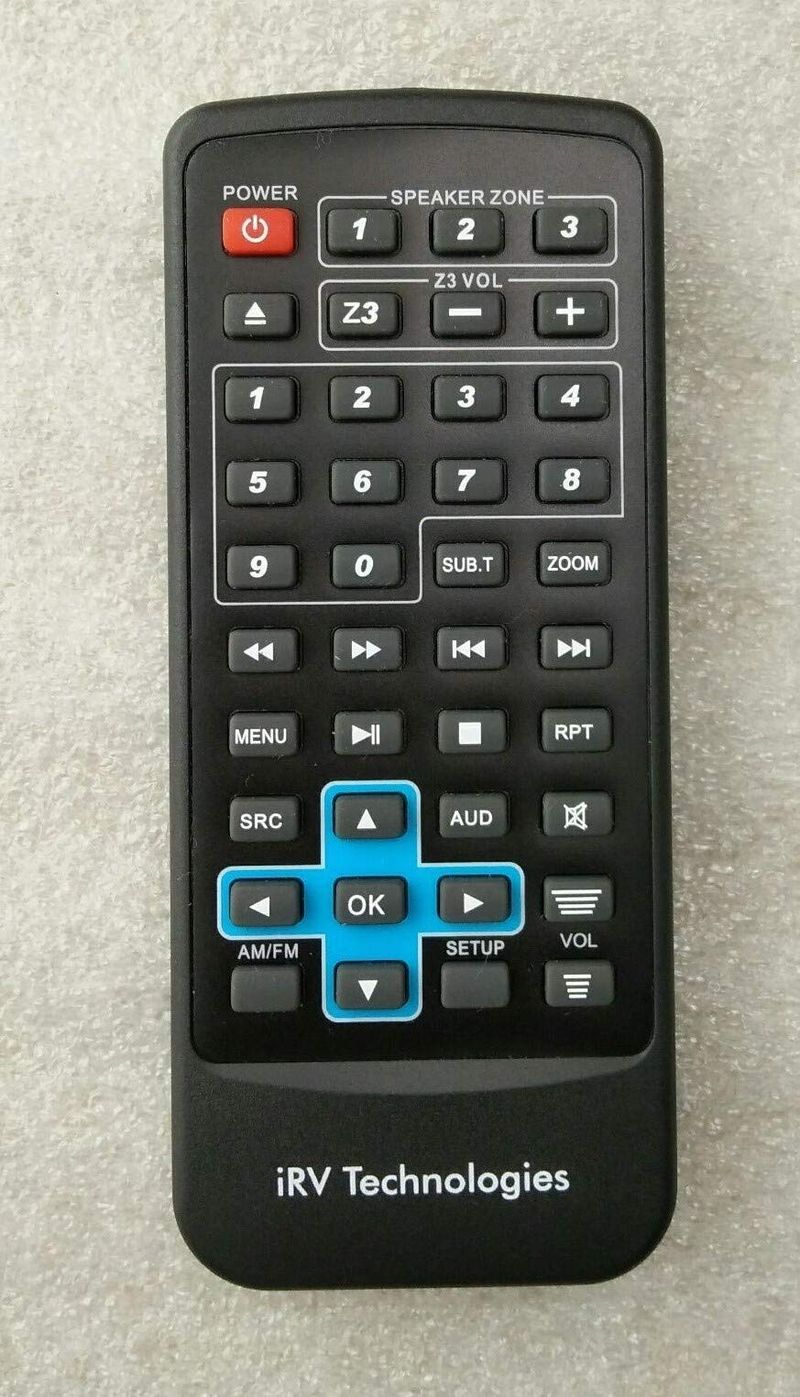
Remote controls have been integral to managing electronic devices, but smart home technology is changing this. Voice-activated assistants and smartphone apps allow seamless control of gadgets without the need for traditional remotes.
Imagine adjusting your TV volume or changing channels by simply speaking. These innovations offer more intuitive ways to interact with our devices.
As more homes embrace smart technology, the reliance on physical remote controls will diminish. This shift is transforming how we engage with electronics, making the experience more fluid and dynamic.
4. Wired Earphones
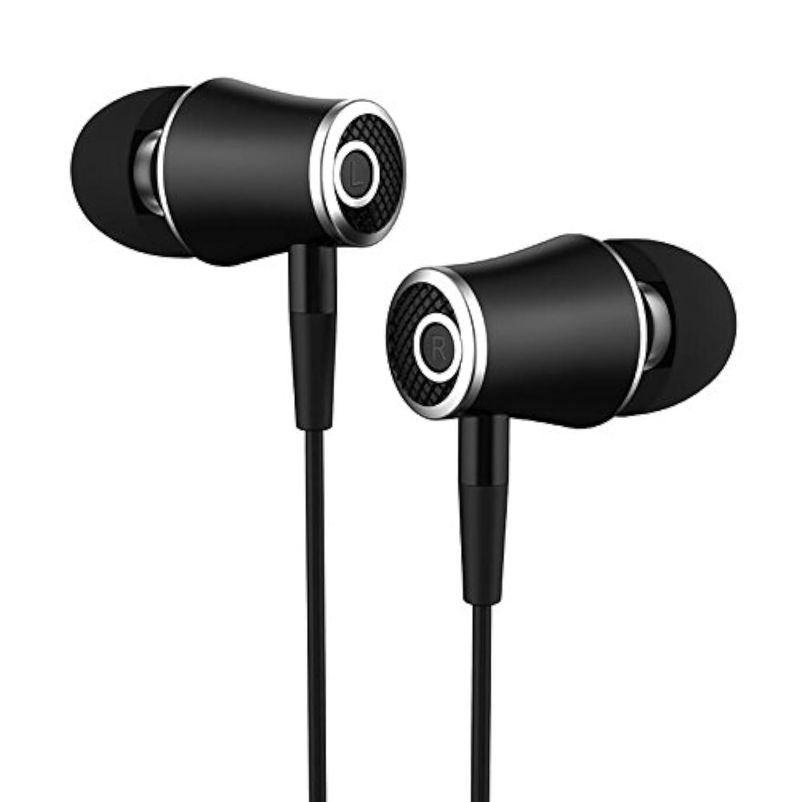
Wired earphones are giving way to wireless earbuds, which offer freedom from tangled cords. Bluetooth technology provides high-quality audio without the hassle.
Picture yourself on a run, free from dangling wires, enjoying crystal-clear sound. Wireless earbuds are perfect for active lifestyles, offering convenience and comfort.
As technology enhances audio quality and battery life, more people are ditching wires. This trend is pushing wired earphones towards obsolescence, as wireless options become the standard choice for audio enthusiasts.
5. Traditional Light Bulbs
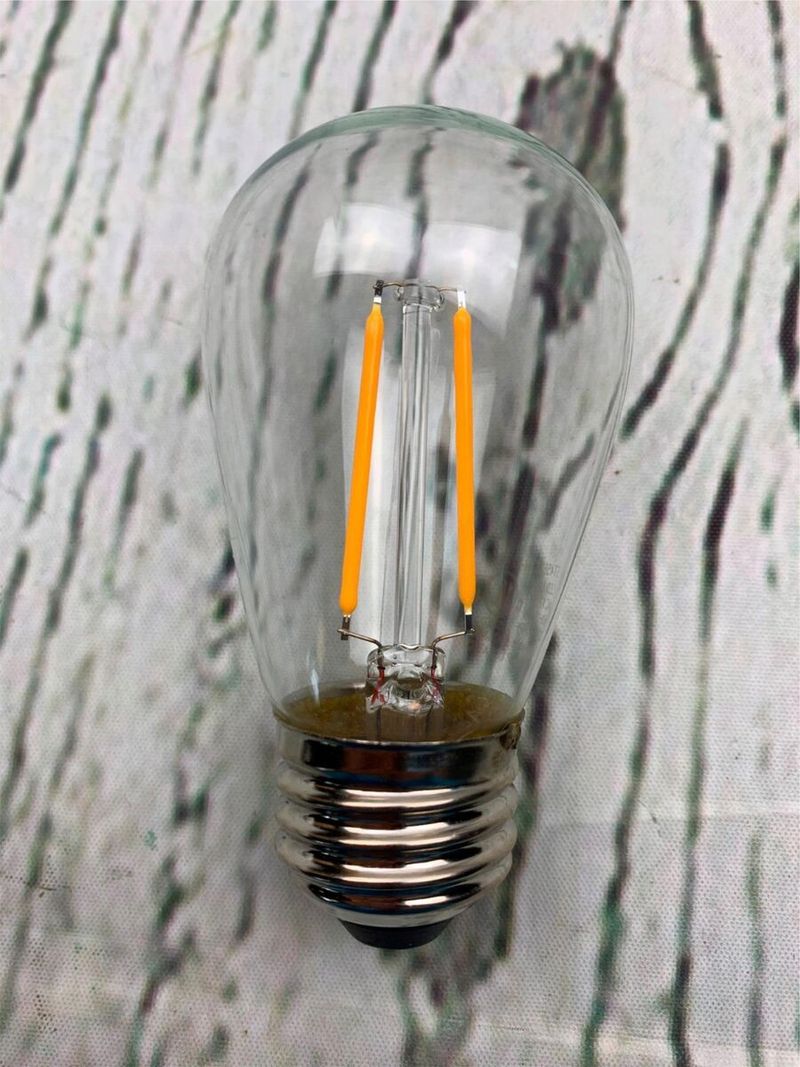
Traditional light bulbs are being replaced by smart LED lighting, offering energy efficiency and customization. These bulbs can change color, brightness, and be controlled remotely.
Imagine setting the perfect ambiance with a few taps on your phone. Smart lighting adapts to your needs, enhancing comfort and reducing energy costs.
As energy efficiency becomes a priority, traditional bulbs are being phased out. Smart LED technology offers a sustainable and versatile alternative, brightening homes with minimal environmental impact.
6. Manual Thermostats
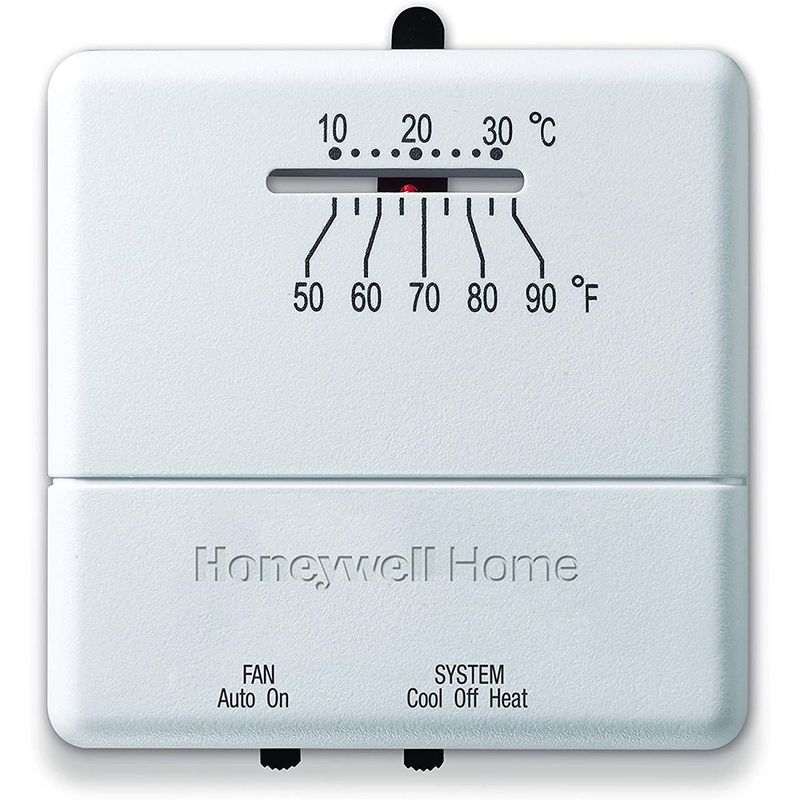
Manual thermostats are making way for smart thermostats that offer precision and remote control. These devices learn your preferences and adjust settings automatically.
Imagine coming home to the perfect temperature without lifting a finger. Smart thermostats optimize energy use, saving costs and increasing comfort.
As more homes integrate smart technology, manual thermostats are becoming outdated. The convenience and efficiency of smart systems are revolutionizing how we manage home environments.
7. Printed Maps

Printed maps are being overshadowed by digital navigation systems. Smartphone apps offer real-time updates, accurate directions, and additional travel information.
Envision exploring a new city with guided suggestions at your fingertips. Digital maps provide convenience and adaptability, enhancing travel experiences.
As technology integrates deeper into daily life, printed maps are becoming rare. The ease of use and comprehensive features of digital alternatives are rendering traditional maps obsolete.
8. Landline Phones
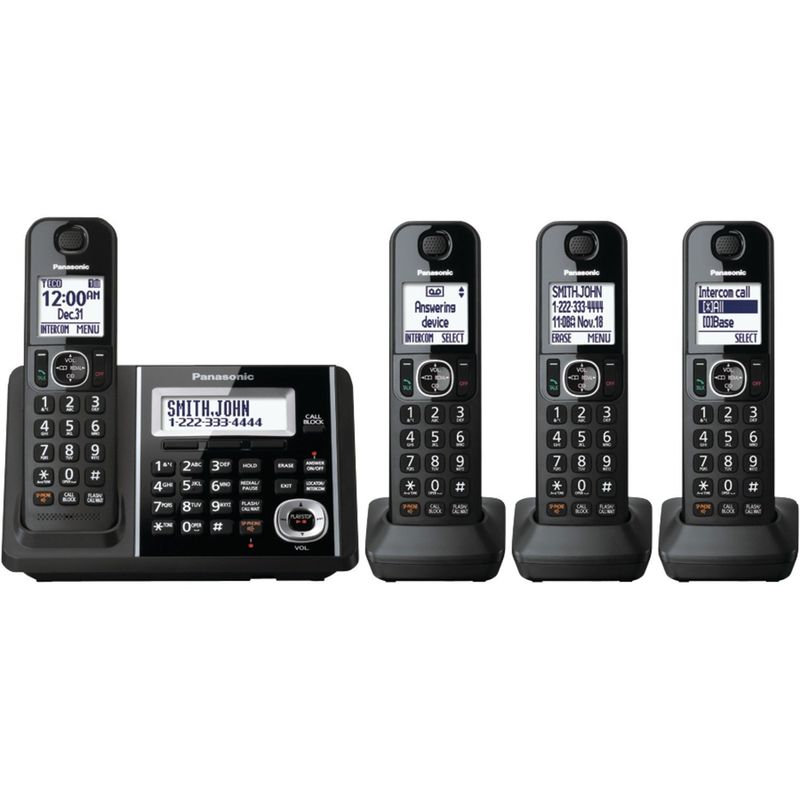
Landline phones are being replaced by smartphones and digital communication tools. These devices offer mobility and multifunctionality, making landlines seem archaic.
Imagine conducting business or staying connected anytime, anywhere. Smartphones provide versatility, with features far beyond voice calls.
As digital communication expands, landline usage is declining. The convenience and capabilities of mobile technology are leading to the gradual disappearance of traditional phones.
9. Alarm Clocks

Traditional alarm clocks are being replaced by smartphone alarms and smart home devices. These offer customizable wake-up experiences and integrate seamlessly with daily routines.
Picture waking up to your favorite song or calming sounds, set to your exact schedule. Smartphones provide flexibility and functionality that traditional alarms lack.
As technology continues to evolve, the use of standalone alarm clocks is dwindling. The multifunctionality and personalization of digital alarms make them the preferred choice for modern users.

Well, hello there!
My name is Jennifer. Besides being an orthodontist, I am a mother to 3 playful boys. In this motherhood journey, I can say I will never know everything. That’s why I always strive to read a lot, and that’s why I started writing about all the smithereens I came across so that you can have everything in one place! Enjoy and stay positive; you’ve got this!

